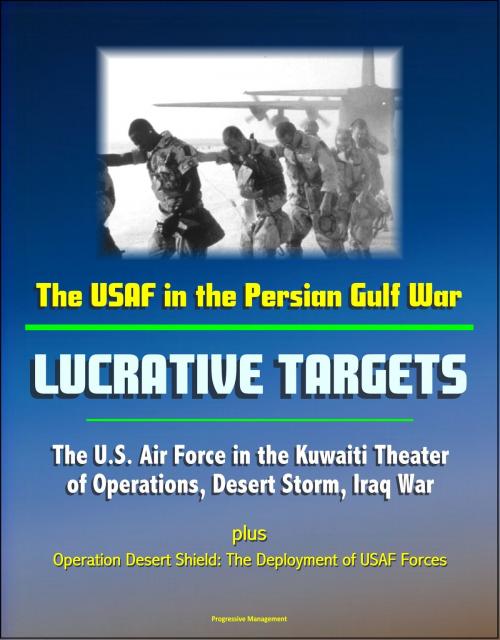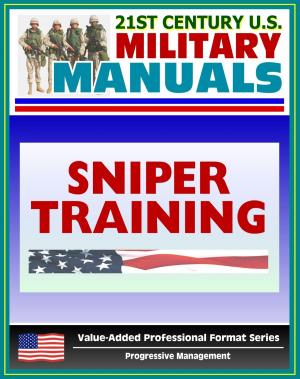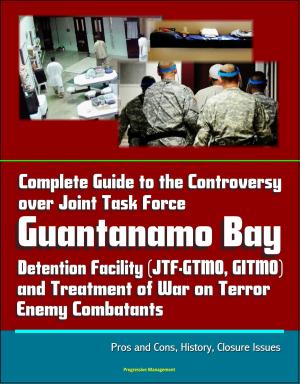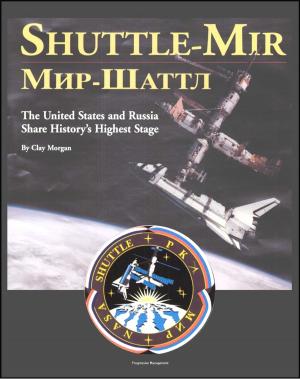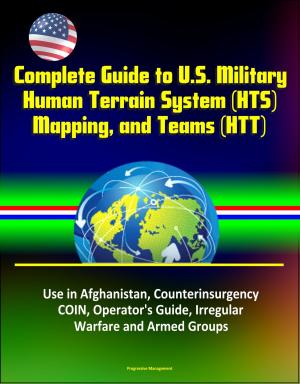The USAF in the Persian Gulf War: Lucrative Targets - The U.S. Air Force in the Kuwaiti Theater of Operations, Desert Storm, Iraq War plus Operation Desert Shield: The Deployment of USAF Forces
Nonfiction, History, Middle East, Persian Gulf War, Military, Aviation| Author: | Progressive Management | ISBN: | 9781310975837 |
| Publisher: | Progressive Management | Publication: | May 3, 2015 |
| Imprint: | Smashwords Edition | Language: | English |
| Author: | Progressive Management |
| ISBN: | 9781310975837 |
| Publisher: | Progressive Management |
| Publication: | May 3, 2015 |
| Imprint: | Smashwords Edition |
| Language: | English |
Professionally converted for accurate flowing-text e-book format reproduction, this book compiles two U.S. Air Force documents: The USAF in the Persian Gulf War: Lucrative Targets - The U.S. Air Force in the Kuwaiti Theater of Operations, and Operation Desert Shield: The Deployment of USAF Forces.
During the late 1970s, the United States began revitalizing its Air Force and other military services. By the close of the 1980s, America had built a force structure that stood ready for a test that, very fortunately, it never had to meet— a major war in Europe. The United States faced this dangerous possibility for more than forty years until, in 1989, the Soviet Union abruptly collapsed. Americans were still sorting out the implications of this sudden change in world affairs in August 1990, when Iraq invaded Kuwait and precipitated a crisis that led to the military conflict in the Persian Gulf. The U.S. Air Force found itself at war— although not the one it had prepared for, against the Warsaw Pact powers—but one against Saddam Hussein's heavily armed regime. Contents: Chapter 1 - This Will Not Stand: A Crisis in the Persian Gulf * Chapter 2 - Jump Start and Concentric Rings: Preparing for an Air Campaign * Chapter 3 - No Place to Hide: Phases I, II, and the Shift to III * Chapter 4 - Destroying the Battlefield: Phase III Operations in the KTO * Chapter 5 - An Intricate Ballet: Some KTO Issues * Chapter 6 - Jedi Knights and Push CAS: Preparing for a Ground Campaign * Chapter 7 - Tanks Abandoned: Phase IV, the Ground Campaign
Operation Desert Shield: The Deployment of USAF Forces - When Operation Desert Shield began on August 7, 1990, other than a handful of embassy "hack" aircraft, only two Air Force planes (and a few support personnel) were located on the Arabian Peninsula. These two planes, K0135Rs, were operating with United Arab Emirate Mirage 2000 fighters in a refueling exercise known as Ivory Justice. Only five months later, when Desert Storm began, 1,160 Air Force aircraft were based in CENTCOM's area of responsibility, and another 129 planes were located at Incirlik, Turkey, as part of a joint operation known as Proven Force. This remarkable buildup, however, had not been accomplished without Air Force planners suffering some "heartburn" in the process. Beginning July 9, 1990, and ending on August 4, just two days after Iraq invaded Kuwait, CENTCOM held a command post exercise at Eglin AFB and at Fort Bragg. This exercise, Internal Look, was designed to test various aspects of a brand-new operations plan, 1002-90. Both General H. Norman Schwarzkopf, the CENTCOM commander, and Lt. General Charles A Horner, the CENTAF commander, and their primary staffs participated in Internal Look. This participation proved extremely helpful when Desert Shield began. 1002-90 directed CENTCOM forces to "deploy... and take actions in concert with host nation forces and allies to deter and, if necessary, counter an intraregional attack on the Arabian Peninsula to maintain U.S. and allied access to and protection of key oil resources."
Professionally converted for accurate flowing-text e-book format reproduction, this book compiles two U.S. Air Force documents: The USAF in the Persian Gulf War: Lucrative Targets - The U.S. Air Force in the Kuwaiti Theater of Operations, and Operation Desert Shield: The Deployment of USAF Forces.
During the late 1970s, the United States began revitalizing its Air Force and other military services. By the close of the 1980s, America had built a force structure that stood ready for a test that, very fortunately, it never had to meet— a major war in Europe. The United States faced this dangerous possibility for more than forty years until, in 1989, the Soviet Union abruptly collapsed. Americans were still sorting out the implications of this sudden change in world affairs in August 1990, when Iraq invaded Kuwait and precipitated a crisis that led to the military conflict in the Persian Gulf. The U.S. Air Force found itself at war— although not the one it had prepared for, against the Warsaw Pact powers—but one against Saddam Hussein's heavily armed regime. Contents: Chapter 1 - This Will Not Stand: A Crisis in the Persian Gulf * Chapter 2 - Jump Start and Concentric Rings: Preparing for an Air Campaign * Chapter 3 - No Place to Hide: Phases I, II, and the Shift to III * Chapter 4 - Destroying the Battlefield: Phase III Operations in the KTO * Chapter 5 - An Intricate Ballet: Some KTO Issues * Chapter 6 - Jedi Knights and Push CAS: Preparing for a Ground Campaign * Chapter 7 - Tanks Abandoned: Phase IV, the Ground Campaign
Operation Desert Shield: The Deployment of USAF Forces - When Operation Desert Shield began on August 7, 1990, other than a handful of embassy "hack" aircraft, only two Air Force planes (and a few support personnel) were located on the Arabian Peninsula. These two planes, K0135Rs, were operating with United Arab Emirate Mirage 2000 fighters in a refueling exercise known as Ivory Justice. Only five months later, when Desert Storm began, 1,160 Air Force aircraft were based in CENTCOM's area of responsibility, and another 129 planes were located at Incirlik, Turkey, as part of a joint operation known as Proven Force. This remarkable buildup, however, had not been accomplished without Air Force planners suffering some "heartburn" in the process. Beginning July 9, 1990, and ending on August 4, just two days after Iraq invaded Kuwait, CENTCOM held a command post exercise at Eglin AFB and at Fort Bragg. This exercise, Internal Look, was designed to test various aspects of a brand-new operations plan, 1002-90. Both General H. Norman Schwarzkopf, the CENTCOM commander, and Lt. General Charles A Horner, the CENTAF commander, and their primary staffs participated in Internal Look. This participation proved extremely helpful when Desert Shield began. 1002-90 directed CENTCOM forces to "deploy... and take actions in concert with host nation forces and allies to deter and, if necessary, counter an intraregional attack on the Arabian Peninsula to maintain U.S. and allied access to and protection of key oil resources."
